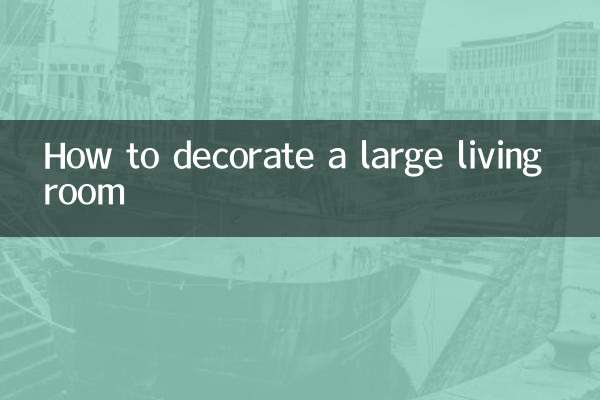How to make wall-mounted cabinets
In recent years, wall-mounted cabinets have become a popular choice for home decoration due to their space-saving and elegant features. This article will combine the hot topics and hot content on the Internet in the past 10 days to give you a detailed introduction to the production method of wall-mounted cabinets, and provide structured data for reference.
1. Advantages of wall-mounted cabinets

In-wall cabinets not only maximize the use of space, but also integrate with the wall to enhance the overall aesthetics. The following are its core advantages:
| Advantages | illustrate |
|---|---|
| save space | Embedded in the wall, does not occupy indoor area |
| Beautiful and tidy | Flush with the wall, no sense of obtrusion |
| Flexible customization | Size and function can be designed according to needs |
2. Production steps of wall-mounted cabinets
To make a built-in cabinet, you need to follow the following steps to ensure a stable and beautiful structure:
1. Measurement and planning
First, measure the depth, height, and width of the wall and determine the function of the cabinet (such as a wardrobe, bookcase, or storage cabinet). When planning, consider the opening method (sliding or swing doors) and the layout of the internal compartments.
| Measurement items | Things to note |
|---|---|
| Wall depth | Make sure the wall is non-load-bearing |
| Cabinet height | Leave a gap at the top and bottom (about 2-3cm) |
| door opening space | Sliding doors need to reserve track width |
2. Material selection
The materials used for built-in cabinets need to be both durable and beautiful. Common materials include:
| Material type | Features |
|---|---|
| solid wood board | Environmentally friendly and durable, higher price |
| particle board | High cost performance, average moisture resistance |
| multilayer board | Strong stability, suitable for humid environments |
3. Production and installation
After the cabinet is completed, it needs to be embedded in the wall and fixed. Please note the following when installing:
3. Common problems and solutions
According to recent hot issues discussed by netizens, the following are common problems and solutions in the production of built-in cabinets:
| question | solution |
|---|---|
| The wall is uneven | Use drywall or wooden strips for leveling |
| There is a big gap between the cabinet and the wall | Styrofoam filling or decorative molding |
| Door opening blocked | Choose a sliding door or folding door design |
4. Summary
The production of built-in cabinets requires precise measurement, reasonable material selection and standardized installation. Through the steps and data analysis in this article, you can easily create a built-in cabinet that is both practical and beautiful. If you have questions about custom details, it is recommended to consult a professional designer or carpenter.
Hope this article can provide you with valuable reference!

check the details

check the details